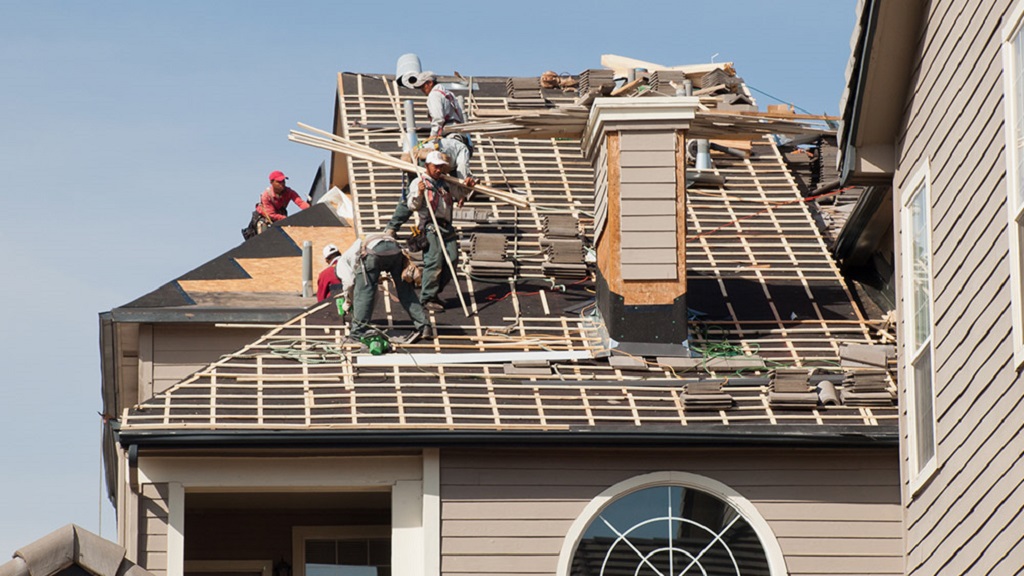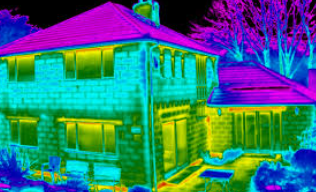More and more storms have been hitting homes and communities this year. Advice is always given for how to temporarily secure your home to minimise knock on effects. However, the focus should be on long-term changes you can make to a property that could prevent serious damage, whatever the weather. It might take some time to implement these changes, but they’re investments. Take a look at how to storm proof your home for the long term.
Cellar Tanking
Flooding as a result of storms is on the rise. The most at-risk space in your home or property is naturally the cellar. Poor drainage as well as insufficient waterproofing can increase your chances of a flooded basement. Cellar tanking is the cost effective method for minimising damage.
We tend to keep things in storage in our basement, for many this can be memorabilia collected throughout a lifetimes, photographs and sentimental, priceless and irreplaceable things. Its crucial you don’t forget to protect these things when the weather is on the turn.
Cellar tanking simply requires the installation of a proper drainage system and then a re-plastering of basement walls using a specialist compound. This ensure that the walls are watertight all year round, protecting water ingress.
Replace Your Guttering
Housing associations and emergency services recommend you clean your gutters out once a year. Sometimes twice is suggested if you live in an area with a lot of foliage, as autumn leaves may clog up the external draining system and compromise your home during storm season.
This is something you can do yourself, but whilst you are clearing it out, you should also be checking for any leaks caused by corrosion or previous storm damage. Its also crucial you ensure everything is held down properly with screws, not just nails. To test for leaks, rinse the gutters with a hose and monitor if the gutters let any water through. This can prevent water damage to your property, but also reduce the risk of gutters becoming detached during adverse weather, which could break a window or hurt someone.
Check The Roof
Roof tiles are easy to dislodge in a storm. They can also be sharp, heavy and harmful. If you live in a hurricane zone, it’s recommended to get a roof inspection once per year. However, if you live in more moderate climates, such as in the UK, hurricanes are rarer, and this can be stretched to every 5 – 10 years.
If you can see brown spots or obvious water damage on your interior walls, around fireplaces and in the attic, this is a key indicator that your roof has problems. On the exterior, dark spots on your roof tiles or cracked chimney pots are also a cause for concern in a storm. It might be the case that areas of your roof need to be re-tiled. Often, it is better to prepare the entire roof to ensure a small area isn’t compromising the entire roof, and your entire home.
Check Surrounding Trees
Trees cause untold damage to property, roads, cars and so much more during a storm. If you are fortunate enough to live in a wooded area or surrounded by big trees, you should regularly have the tree’s checked for their health by calling a local arborist. They will ensure that there are no infections or fungi putting the structural integrity of the tree at risk, which could, in turn, put your home at risk during a storm.
If a tree is leaning or has limbs that are extending over outbuildings or over your home, you might consider removing these, too. Calling a professional and well-equipped tree surgeon might mean that you don’t need to lose the whole tree, just the limbs that are not safe. All property owners should be aware that trees require regular maintenance. This can ensure the longevity of the tree and promote healthy growth, as well as a stable and better aesthetic with improved privacy, without the risk.
All the items on this list are crucial for protecting your home, but they can be expensive. Over time, it is worth investing in everything we’ve mentioned but the best method for protecting your home and your family, is by keeping up regular maintenance, as recommended.




